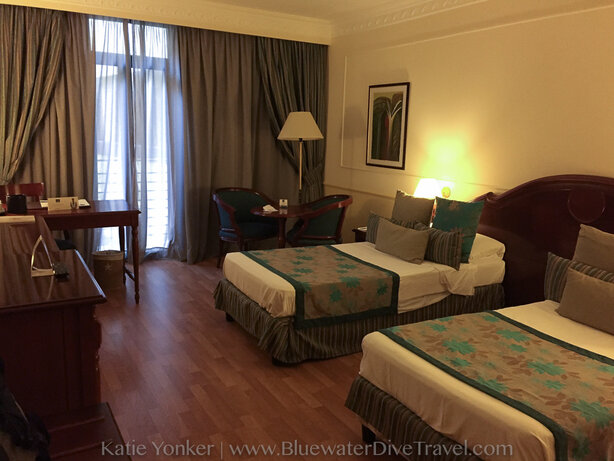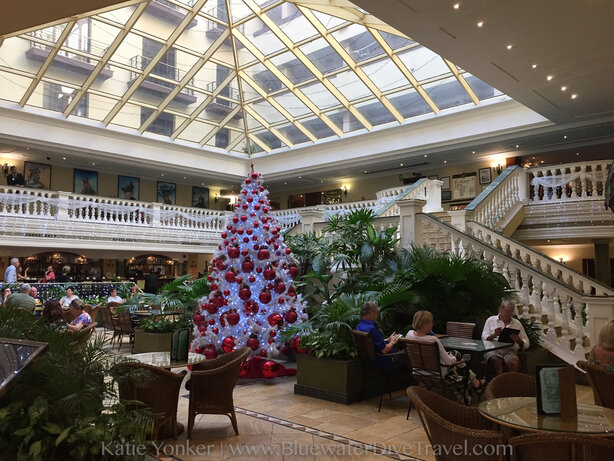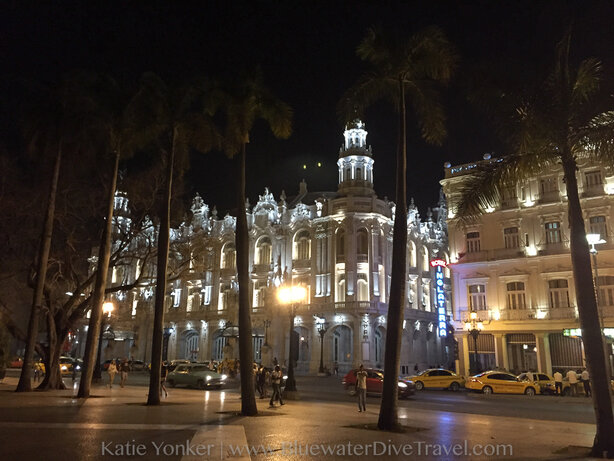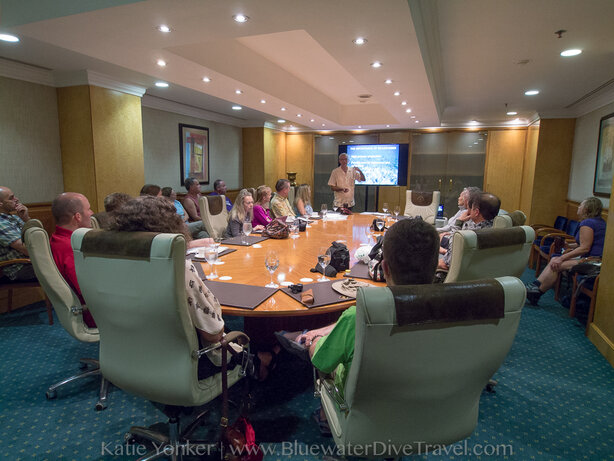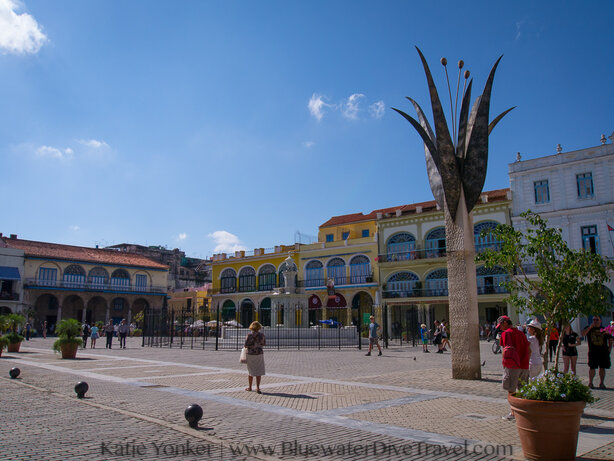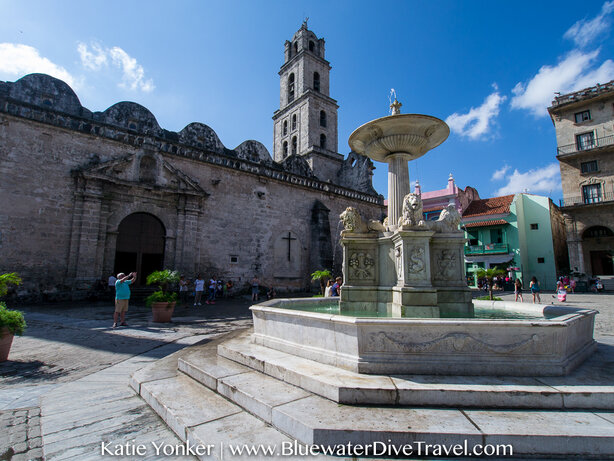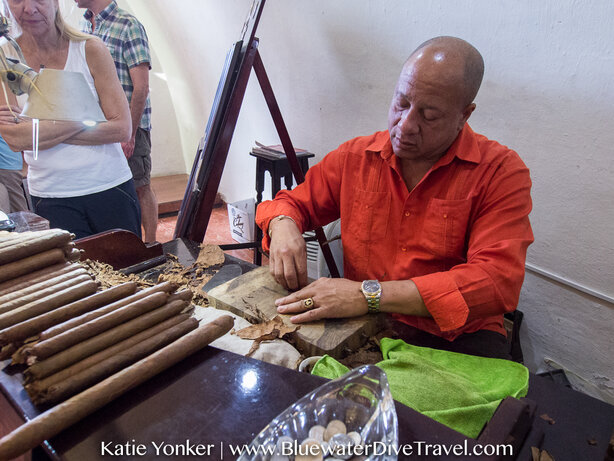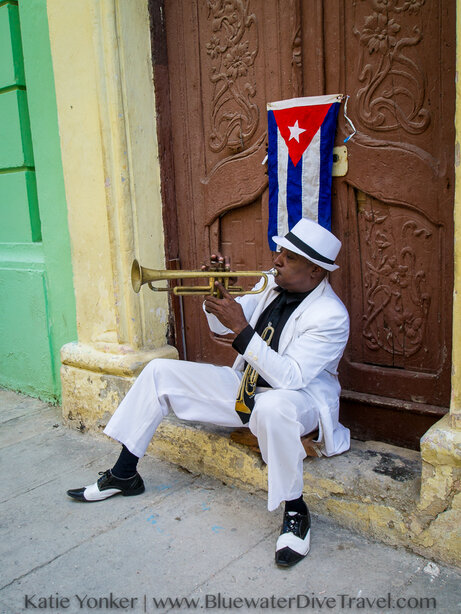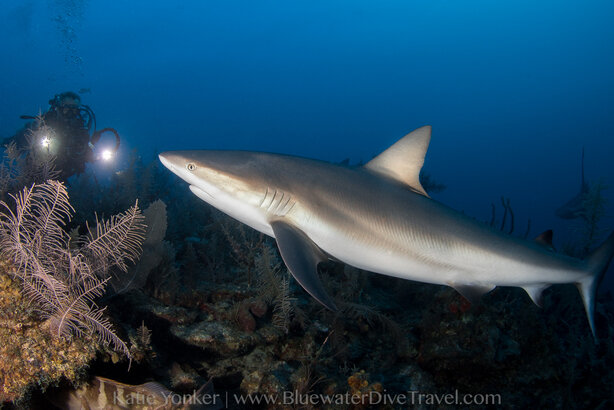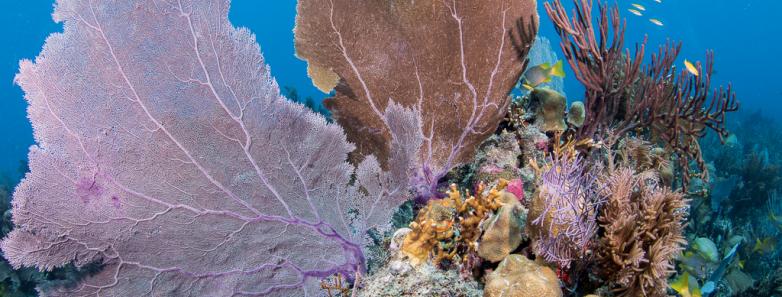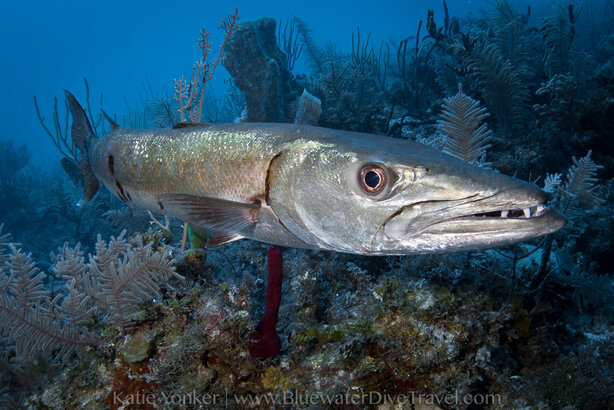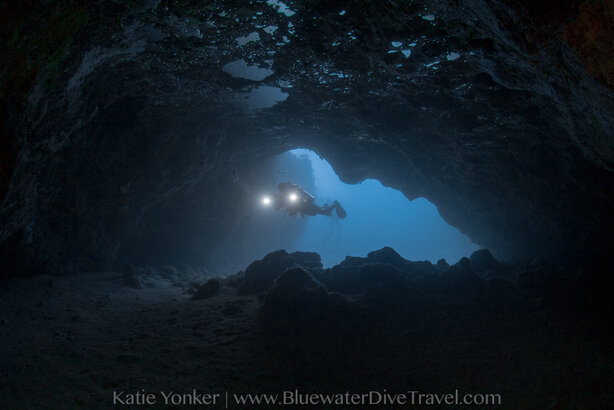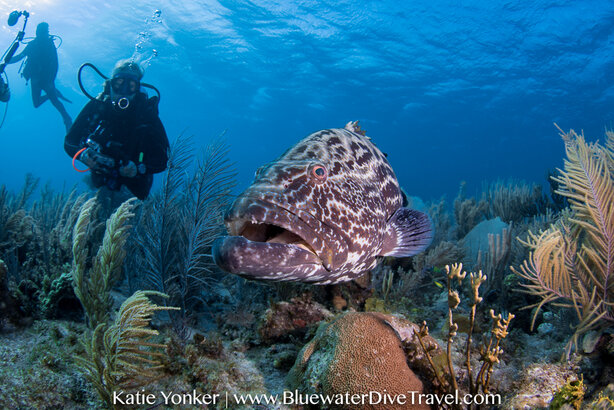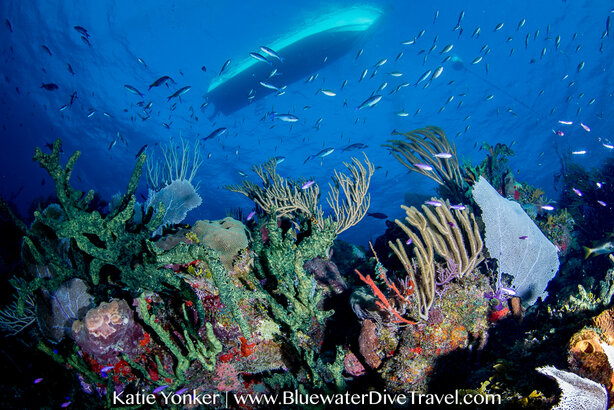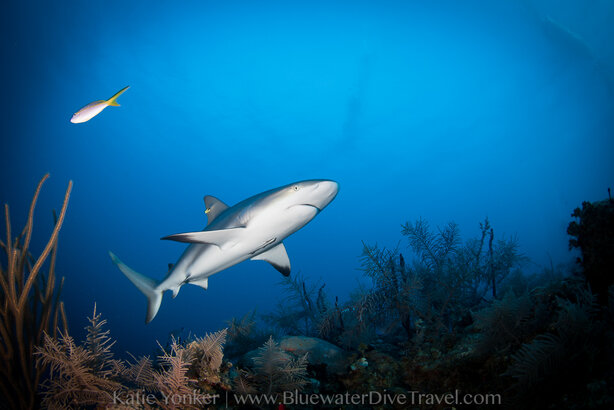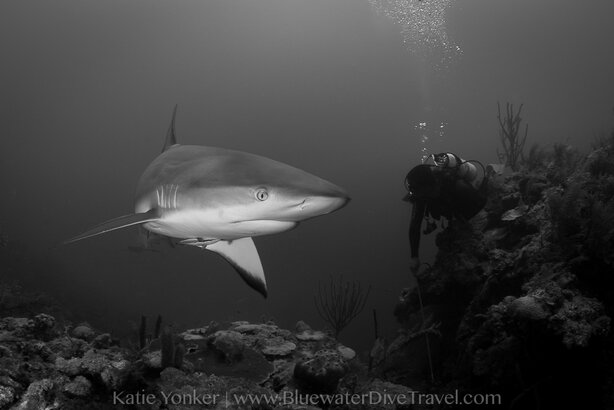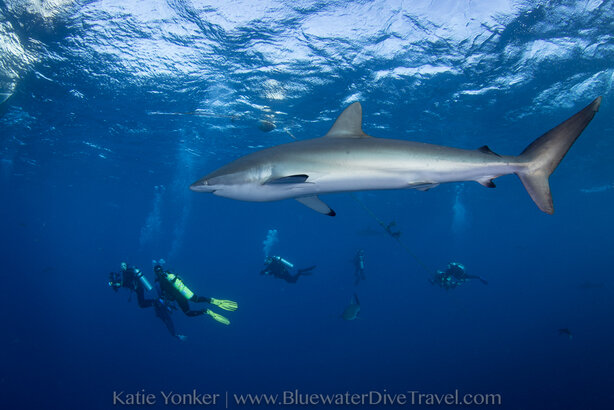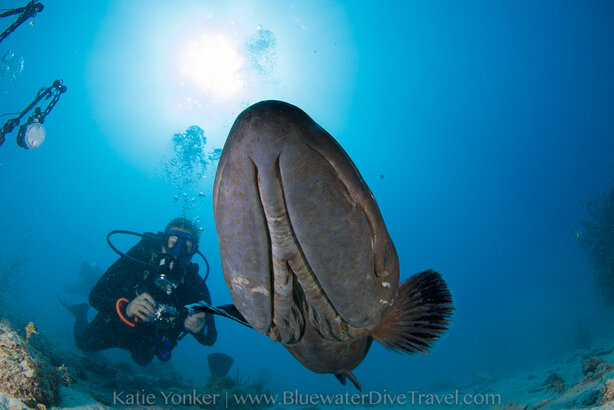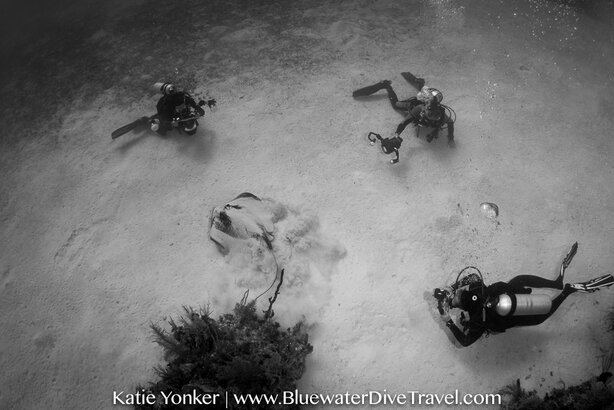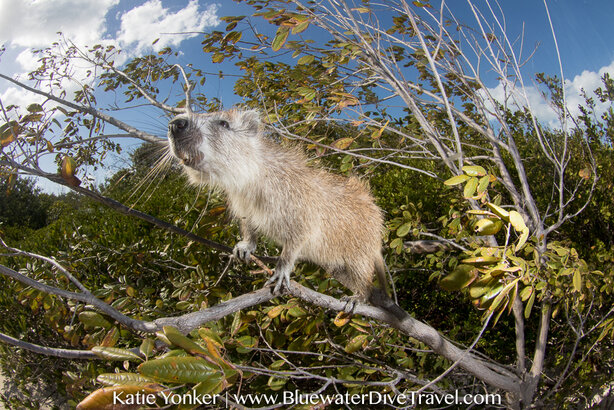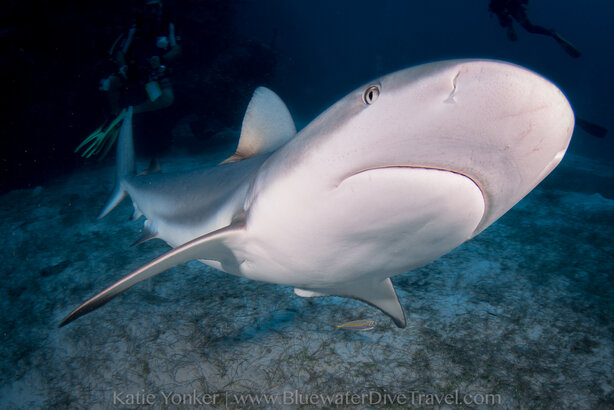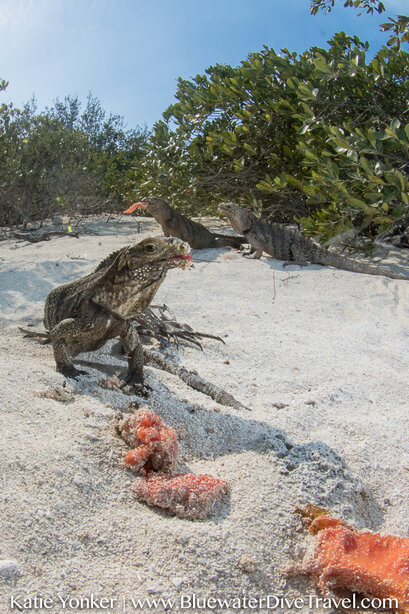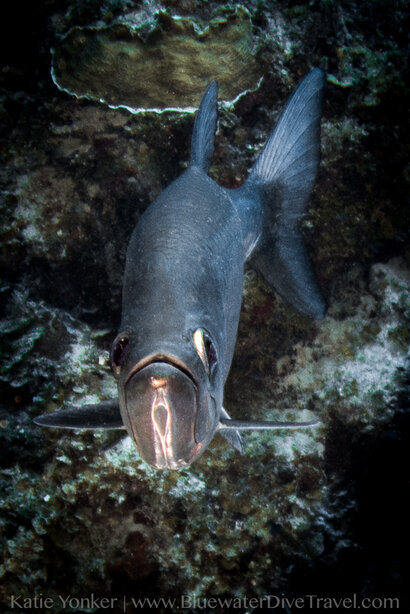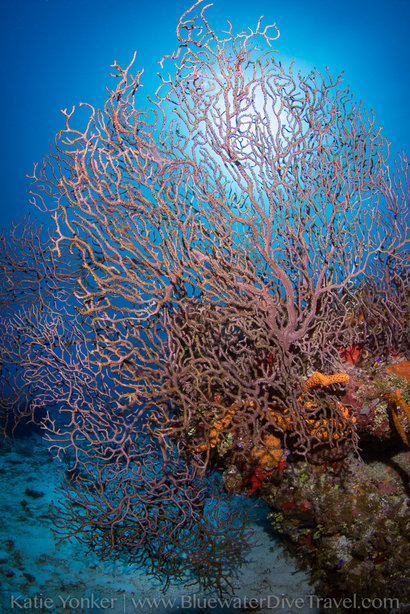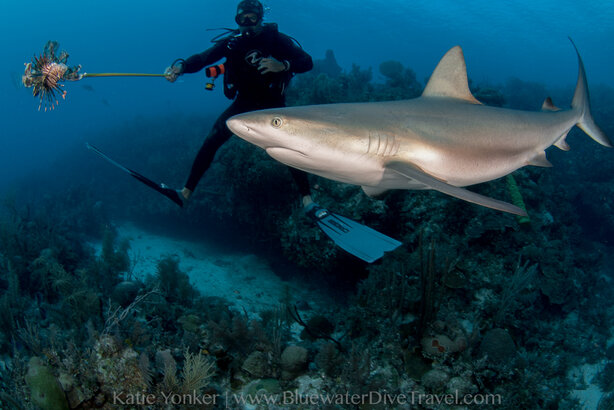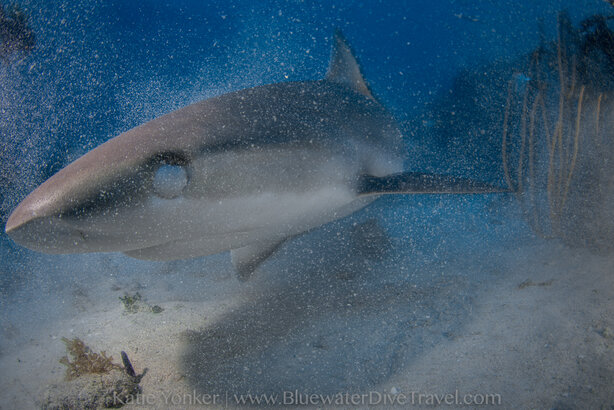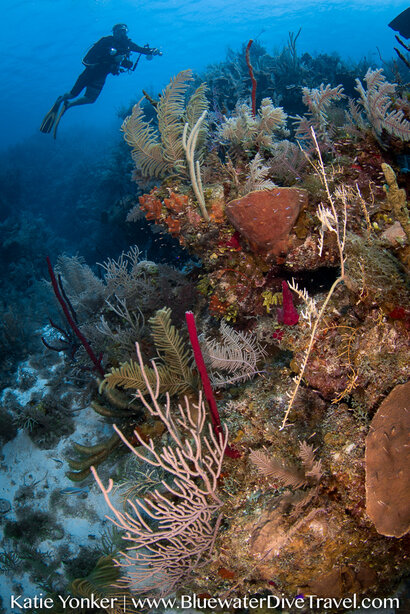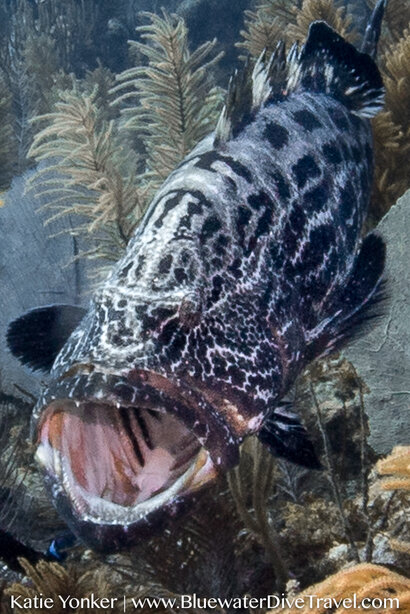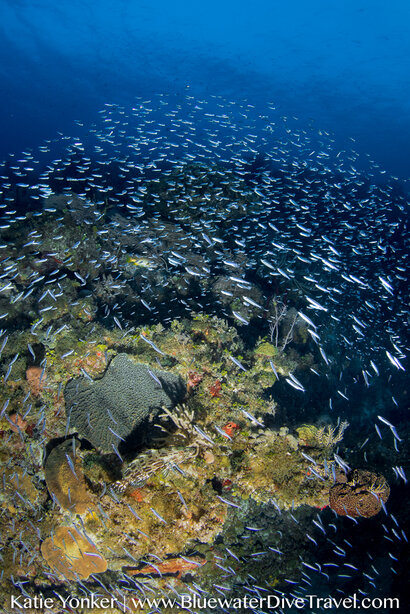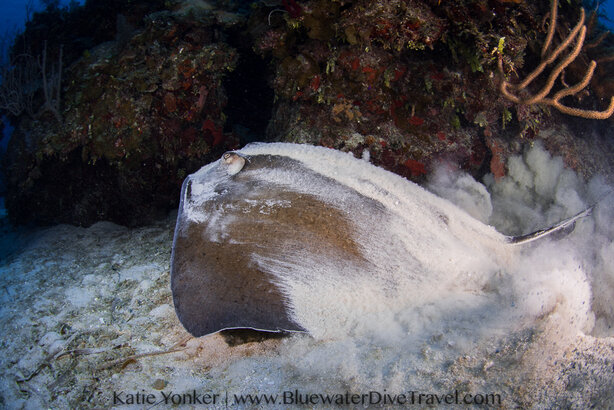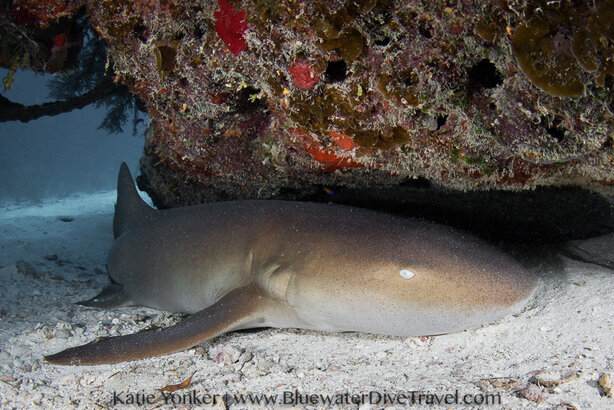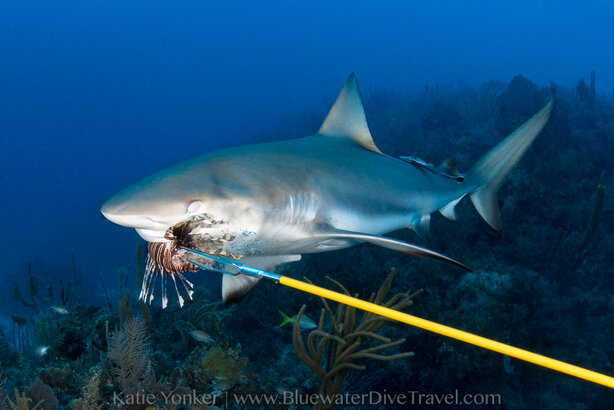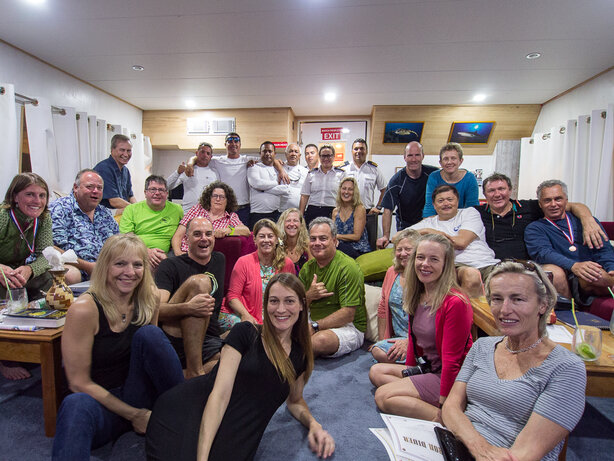BLUEWATER TRAVEL CUBA 2017 TRIP REPORT
BY KATIE YONKER
Depending on whom you ask, Cuba may be a country brimming with vibrant art, vintage cars, soul-stirring music and villages cloaked in colonial charm, or it may be a nation of impoverished barrios full of working class people whose government-paid wages aren’t enough to live on, even by objective standards. Whatever the case may be, it’s uniquely Cuban. Being the only country the U.S. government has ever restricted its citizens from visiting, for better or worse, Cuba continues to be largely unvisited by Americans. Travel restrictions have eased over the last several years, though travel is still restricted to Americans visiting for one of twelve approved categories, such as educational, religious, or humanitarian purposes. This January I had the opportunity to bring a group to visit Havana and dive Gardens of the Queen as part of the Jardines Aggressor I people-to-people program.
Our trip began with a two-night stay in Havana at the Iberostar Parque Central Hotel, situated on a beautiful plaza in the heart of Old Town Havana. Aside from its great location, this hotel offers comfortable rooms, a very large breakfast buffet, and an impressive lobby with live music and a reliable internet connection (a rarity in Havana.) Once all the guests had arrived and checked in, we headed out to Ivan Chef Justo for dinner. This traditional Cuban house from 1916 is covered in Cuban art from decades past and serves the best mojitos I’ve ever had! After dinner, a few of us wandered the vicinity in search of local music while the rest retired to bed, anticipating a long day to follow.
The following morning started with an informative marine ecosystems presentation from Dr. Julio Baisre, a marine biologist who has been instrumental in the development, introduction, and enforcement of many regulations in the Cuban fisheries sector including aquaculture development, species introduction and licensing systems. The rest of the day was spent exploring Havana with our tour guide who gave us a brief history of the town and showed us the beautiful architecture in the historic squares of Havana. We drove down the famous Malecon Avenue along the sea, and after passing by the El Morro fortress we stopped at a great little shop to buy rum and cigars. There’s a nice selection of rum here at what Americans would consider very reasonable prices. We enjoyed a nice meal at Atelier Restaurant and headed back to the hotel to rest. Aside from the rest stop half way between Havana and Jucaro, the downtime between lunch and dinner on Friday is your only opportunity to go shopping during business hours. I suggest using this time to wander the streets surrounding the hotel, where you’ll find several shops selling clothing, trinkets, and some artwork. Later that evening we had a nice dinner followed by a visit to a local village. The villagers were very excited to meet us and told us about their community, history, and way of life. For me, the time spent in Havana was as enjoyable as the diving, and just about everyone on our trip felt that spending at least one more day in Havana would have been preferred.
We awoke early the next morning and boarded a coach for the 5 – 6 hour drive from Havana to Jucaro, where we boarded the Jardines Aggressor I. This new boat was purpose-built for diving and offers a large dive deck with individual gear storage space, large outdoor camera table, cozy cabins, main deck indoor lounge, enclosed upper deck dining area with an outdoor hot tub, and a roof deck with several lounge chairs. There are other liveaboard options for travel to Gardens of the Queen, but at the time of writing this trip report, Jardines Aggressor I is the preferred option for those seeking a spacious dive prep area and photographers wanting ample camera space. The food onboard is all handmade and special diets can be accommodated with advanced notice. The entire crew is superb – always smiling and genuinely interested in ensuring you have a wonderful experience.
After boarding the ship Saturday afternoon, we headed off for the 5 hour trip to Jardines de la Reina or “Gardens of the Queen,” arguably the best diving in Cuba. Gardens of the Queen was named by Christopher Columbus to honor Queen Isabel of Spain. It’s located 60 miles off the southern coast of Cuba and is one of the largest marine parks in the Caribbean, known for its incredibly healthy marine ecosystem. It encompasses a chain of 250 virgin coral and mangrove islands extending along 75 miles of beautiful clear turquoise water. This area was declared a marine park in 1996 and remains protected to this day. You can expect to see pristine coral reefs, steep walls, large populations of adult fish including sharks, grouper up to 400 lbs, snapper, eels, crabs, turtles, and much more. There are many different species of sharks including nurse, black tip, lemon, silky and occasionally great hammerheads.
Guests are divided into two groups of ten and each tender boat has two guides. The tender boats visit different sites every dive so you’ll likely be the only group at your dive site. All dive gear stays on the tenders throughout the week and there’s easy access into and out of the boats via the aft platform. The normal program consists of three daytime dives and a dusk dive. One unexpected highlight was a stop on an island to see the hutia, or “rats” as we called them, which are accompanied by iguanas and crabs. The hutias are not shy and will come right up to you to have their photo taken. After a quick stop on the island, we headed out to the mangroves to find “Niño” the crocodile.
I was very much looking forward to the crocodile encounter in Cuba, though my assumptions about the procedures were far from reality. I envisioned a scenario similar to Chinchorro Banks, where one guest at a time is in the water, accompanied by a guide, and the crocodile is always in front of you. However, that was not the case here. After several minutes of calling for Niño, he appeared from the mangroves and approached the boat, and everyone was allowed in the water. Niño swam all around us, much of the time going underwater where we could not see him. The visibility was so poor that my camera was unable to focus on anything more than a few feet away. I realized the only way to get a decent picture in visibility that low was to hope that Niño showed up out of nowhere, which conflicted with my fear that Niño would show up out of nowhere! One of our guests, Susan, was looking down below and got quite a scare when she looked up to see Niño inches from her face. Due to the poor visibility we arranged to go back to visit Niño again later in the week. Fortunately, the second time around the visibility was excellent, but unfortunately, Niño never showed up.
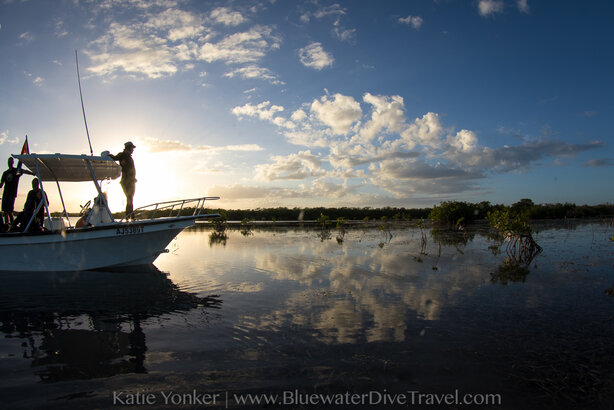
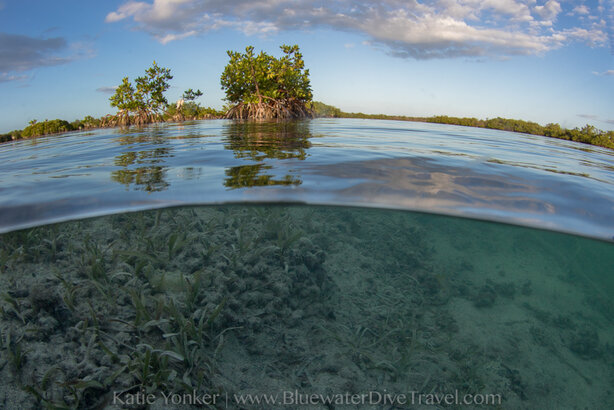
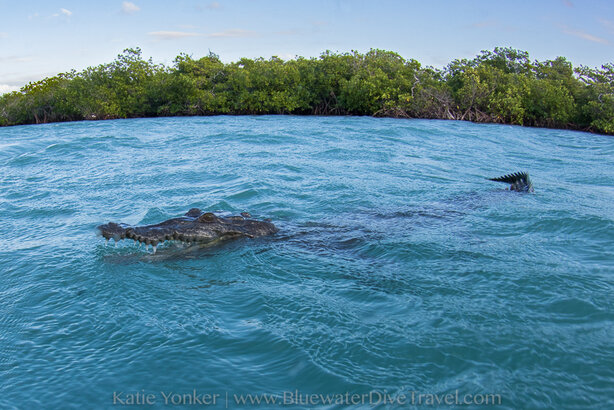
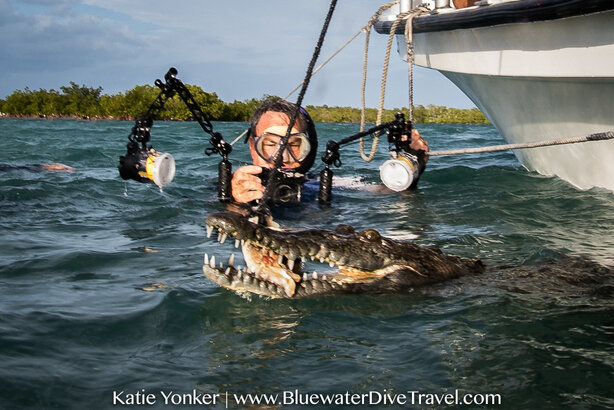
The rest of the week was spent exploring the healthy coral reefs and enjoying close shark encounters. Aggressor does not engage in any chumming for sharks; however, they occasionally spear lionfish which the sharks eat. Lionfish are an invasive non-native species responsible for destroying native marine life. It’s estimated that lionfish can consume up to 80 per cent of an area’s small reef fish in the span of just five weeks. They are highly venomous and have few natural predators. In Cuba and elsewhere in the Caribbean they have began feeding lionfish to animals such as sharks and eels in an attempt to introduce the lionfish to their diet. Though we did see lionfish on almost every dive, there were far fewer of them here than I’ve seen elsewhere in the Caribbean.
My expectations of the diving at Gardens of the Queen were met, but I was pleasantly surprised by the culture of the Cuban people and their overwhelmingly positive attitudes. I spent as much time as possible talking to locals about their history, politics, economics, and random topics like what it’s like to live without internet. After most trips, I come back with great memories and some nice pictures, but Cuba was a little different. I returned intrigued and wanting to see and know much more about Cuba and the Cuban way of life. I look forward to returning, and recommend that divers and non-divers alike enjoy all Cuba has to offer while it still remains largely unchanged from decades past.
Interested in diving in Cuba? Email info@bluewaterdivetravel.com.
About the Author
Katie Yonker is the Director of Operations and a Travel Advisor for Bluewater Travel. An avid diver and travel planner, Katie’s adventures have taken her to the far reaches of the globe to destinations such as Micronesia, Indonesia, the Philippines, French Polynesia, Palau, Australia, Papua New Guinea, Fiji, Red Sea, South Africa, Maldives, Hawaii, Galapagos, Cocos, Socorro, Central America, the Caribbean, and many non-dive locations.

